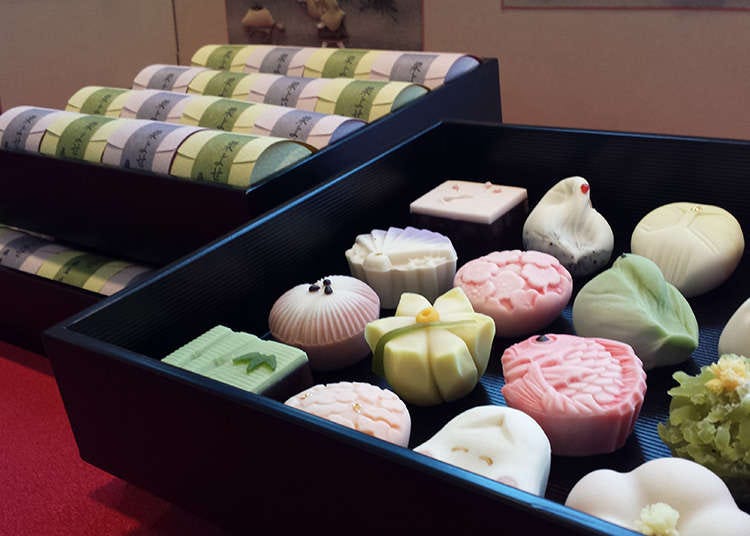
Japanese sweets have been a beloved part of Japan since ancient times. They are known for their visual beauty, referencing the year's seasons, as well as their delicate, sweet flavor. Let's go over the history and types of Japanese sweets and take an inside look at specialized stores where you can try these sweets first-hand.
International Influence Marked the Early Days of Japanese Sweets
The history of Japanese sweets begins with mochi, a sticky rice cake, known as the oldest processed food in Japan. After the year 630, the sweets were influenced by karagashi (Chinese pastries) which kentoshi (Japanese envoys to China) brought back to Japan during the period when they were sent to China 19 times.
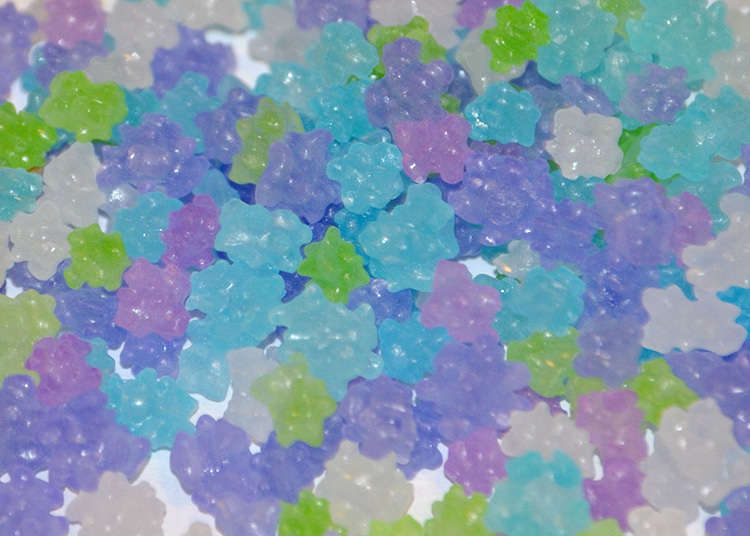
Portuguese sweets like sponge cake and sugar candy brought by missionaries also had an influence on the development of Japanese candy. During the Edo period, a time without civil wars, Japanese sweets began to evolve. Most Japanese sweets we eat today were invented during the Edo Period. Furthermore, the arrival of Western cultures helped baked sweets become popular with the introduction of baking utensils like ovens.
Various Types of Sweets
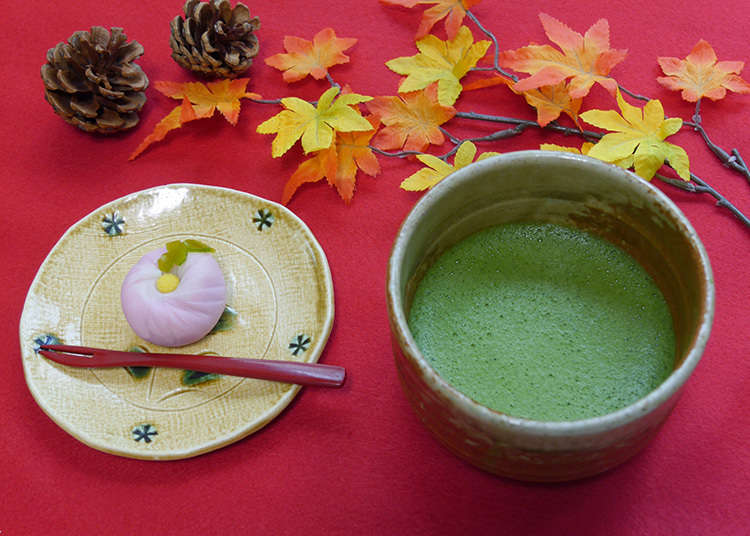
Japanese sweets used for tea ceremonies accentuate the flavor of green tea by using simple, sweet flavors, avoiding oils, and providing visual beauty linked to each season.
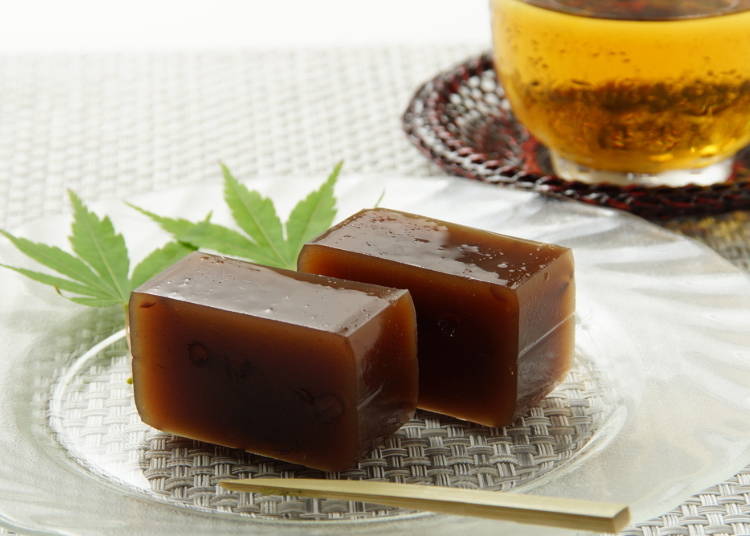
Japanese sweets can roughly be divided into three categories: unbaked, semi-baked, and dry. But the divisions between categories are not so strict, and yokan (sweet red bean paste chilled with gelatin) falls into different categories depending on how it is prepared: hard ones are sorted as semi-baked, and soft ones are called unbaked.
Famous Tastes
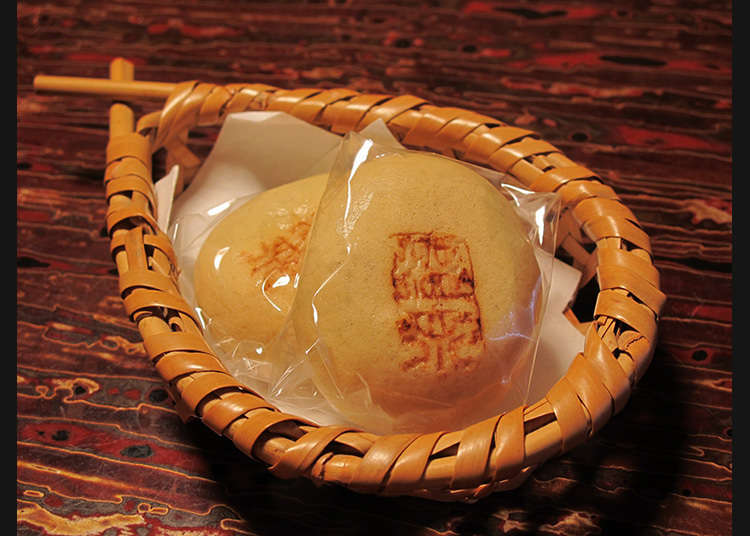
Out of all the Japanese sweets, manju is one of the most popular. Manju are small dumplings of red bean paste wrapped in dough that can be both steamed and baked. The most famous type contains paste inside a dumpling of wheat flour dough. Materials like rice flour, buckwheat flour, and sticky rice are used for the dough, while green peas, chestnuts, and miso (fermented soy bean paste) are used for the paste inside each dumpling.
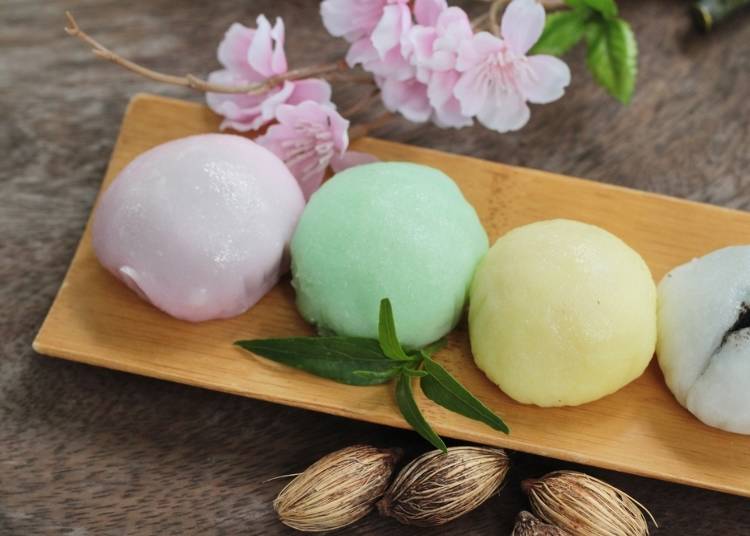
There other types of manju as well, such as: monaka, a dumpling of paste stretched thin, with dough of baked rice cakes placed on either side of the paste, and daifuku, a dumpling of paste wrapped in rice cake dough, that are very popular among many Japanese people.
The Store Where Anmitsu Was Created
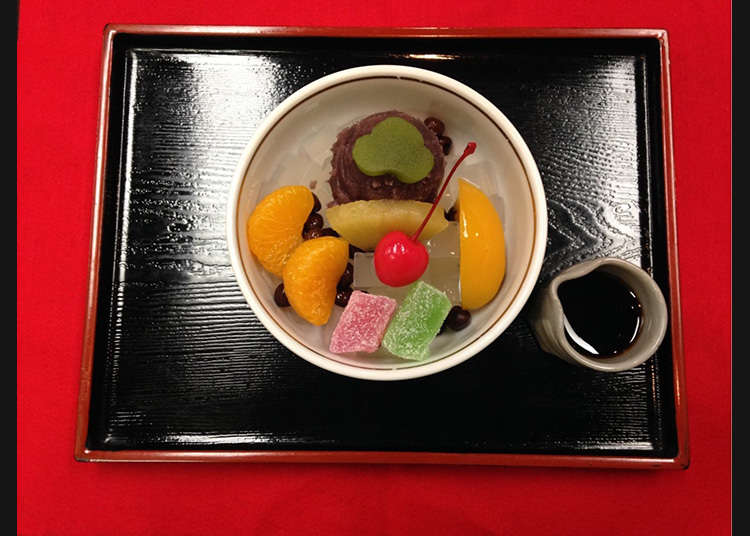
There are some stores in Tokyo that have created new styles of Japanese sweets. Ginza Wakamatsu is a great example of that kind of store. They started their business in 1894 and anmitsu was born in 1930. Anmitsu refers to a delicacy where boiled red peas, cubes of gelatin, sweet rice cakes, fruit pieces in syrup, and red bean paste are assembled in a bowl with brown sugar syrup sprinkled on top. It was a symbol of summer originally eaten during that season. The red bean paste is the leading flavor in anmitsu, and the beans are cooked only for a short period of time so that they are easy to eat.
-
Ginza Wakamatsu銀座若松
- Address 5-8-20 Ginza, Chuo-ku, Tokyo 104-0061
Stores Featuring Unbaked Japanese Sweets in a Variety of Colors

Fukushimaya is a traditional store dating back to the Edo period that specializes in Japanese sweets. It is well known for their delicately made ue-nama-gashi (quality unbaked sweets) with colorful shapes. Each piece is reminiscent of the arrival of a new season. The different tint of each piece represents different seasons and their progression such as early fall to late fall. The pink color of the cherry blossoms of springtime gradually becomes deeper, expressing how time goes by. The beautiful appearance alone makes these sweets a real treat. Some quality unbaked sweets are made from recipes in Wagashi-hinagata-cho (a book in Japanese sweets models) from the Edo period. Sweets made from boiled Japanese chestnuts are also highly recommended.
-
Fukushimaya福島家
- Address 2-1-1 Sugamo, Toshima-ku, Tokyo 170-0002
Try Japanese Sweets for Yourself!

For a taste of traditional Japan, try some of these authentic Japanese sweets and transcend your taste buds!
- Area
- Category
*Prices and options mentioned are subject to change.
*Unless stated otherwise, all prices include tax.
Popular Tours & Activitiess
Recommended places for you
-

Concafeland
Other Cafes and Sweets
Akihabara
-

Yoru parfait specialty restaurant Parfaiteria beL Shinjukusanchome
Other Cafes and Sweets
Shinjuku
-

Yoru Parfait specialty restaurant Momobukuro
Other Cafes and Sweets
Ikebukuro
-

Yoru Parfait specialty restaurant Parfaiteria beL
Other Cafes and Sweets
Shibuya
-

& Yogurt
Other Cafes and Sweets
Harajuku
-

SHOGUN cafe & experience
Other Cafes and Sweets
Harajuku
-

Half-Day Getaway from Tokyo: Cherry Blossoms, Local Culture and Samurai Vibes at Odawara Castle
-

Autumn in Japan 2025: Fall Foliage Forecast & Where to Enjoy the Colorful Leaves (+Tour Info)
-

[Shinjuku] 10 Hotels Balancing Cost Performance and Comfort | Perfect for Both Business and Tourism!
by: Flurina YOC
-

'Unbelievable...!' 4 Weird Things About Japanese Bath Culture That Shocked Foreign Visitors!
-
Ad

A Tokyo Souvenir with Soul: The Handcrafted Leather of Bunkoya Oozeki
-

Best Things to Do and See Around Tokyo in September: Events and Festivals in Kanto
Inspiration for Accommodations
-

Enjoy Mt. Fuji from the Comfort of Your Room! Recommended Ryokan with Mt. Fuji View
-

Stay Near the Cherry Blossoms! Hotels for Cherry Blossom Viewing in Tokyo
-

Family-Friendly Hotels with Free Shuttle to Disneyland: Convenient Access for a Magical Stay
-

Top Ranked Hakone Hotels with Mt. Fuji View: Enjoy Stunning Scenery from Your Private Space
-

Convenient Tokyo Hotels with Airport Shuttle: Ideal for Families and Heavy Luggage
-

Stunning Tokyo Tower View Hotels: Enjoy Spectacular Scenery from Your Private Space
-

Convenient Asakusa Hotels with Kitchens: Ideal for Extended Family Visits
-

Experience Luxury: Hakone's 10 Best Five-Star Accommodations
-

Enjoy Mt. Fuji Autumn Leaves! Top Hotels Near the Popular Autumn Leaves Corridor
-

Experience Hakone Fall Foliage from Your Room with Stunning Views
-

No battery? No problem! Top 5 Cafes in Shibuya Complete with Wi-Fi
-

Dine With Rabbits! 9 Cute and Cuddly Animal Cafes in Tokyo
by: Lucio Maurizi
-

Japan’s Got Eel Chocolates!? We're Obsessed With Tirol Chocolates New Flavors!
by: Krys Suzuki
-

The Best Places to Relax: Tokyo's Top Luxury Cafés
-

Easy Day Trip from Tokyo! Ultimate Sightseeing Guide for Hakone & Lake Ashinoko!
-

Kichijoji – Explore Tokyo’s Top-Rated Stylish Suburb in Half a Day!
- #best ramen tokyo
- #what to buy in ameyoko
- #what to bring to japan
- #new years in tokyo
- #best izakaya shinjuku
- #things to do tokyo
- #japanese nail trends
- #what to do in odaiba
- #onsen tattoo friendly tokyo
- #daiso
- #best sushi ginza
- #japanese convenience store snacks
- #best yakiniku shibuya
- #japanese fashion culture
- #best japanese soft drinks












